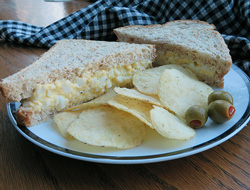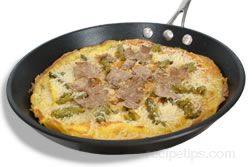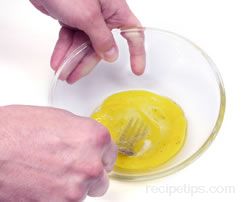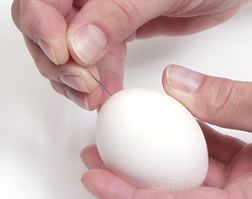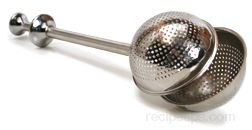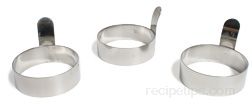Chicken eggs are the most commonly eaten egg, which are typically classified and sold in four standard sizes: medium, large, extra large, and jumbo. They are also categorized into grades, which include AA, A or B, each grade being determined by an inspector considering both the interior and exterior quality. The outside must be smooth, well formed and consistent in color. Inside, the inspector grades the yolk structure, the density of the white and the size of the air cell. Higher grades such as AA will have a well formed yolk that is high in structure surrounded by a firm-textured white that holds closely to the yolk when it is broken open. Lower grades of eggs have yolks with less depth surrounded by thinner whites that have a tendency to spread out as they cracked open. Also, lower grades will not be as fresh as the higher grades, since they have lost more moisture and contain more air. When a recipe requires a chicken's egg, it is most always referring to "large" eggs.
The shells of chicken eggs may vary in color from white to brown, which is due to the breed of hen laying the egg. Despite the color variation, there is no difference in quality or nutritional value of the egg contents.









